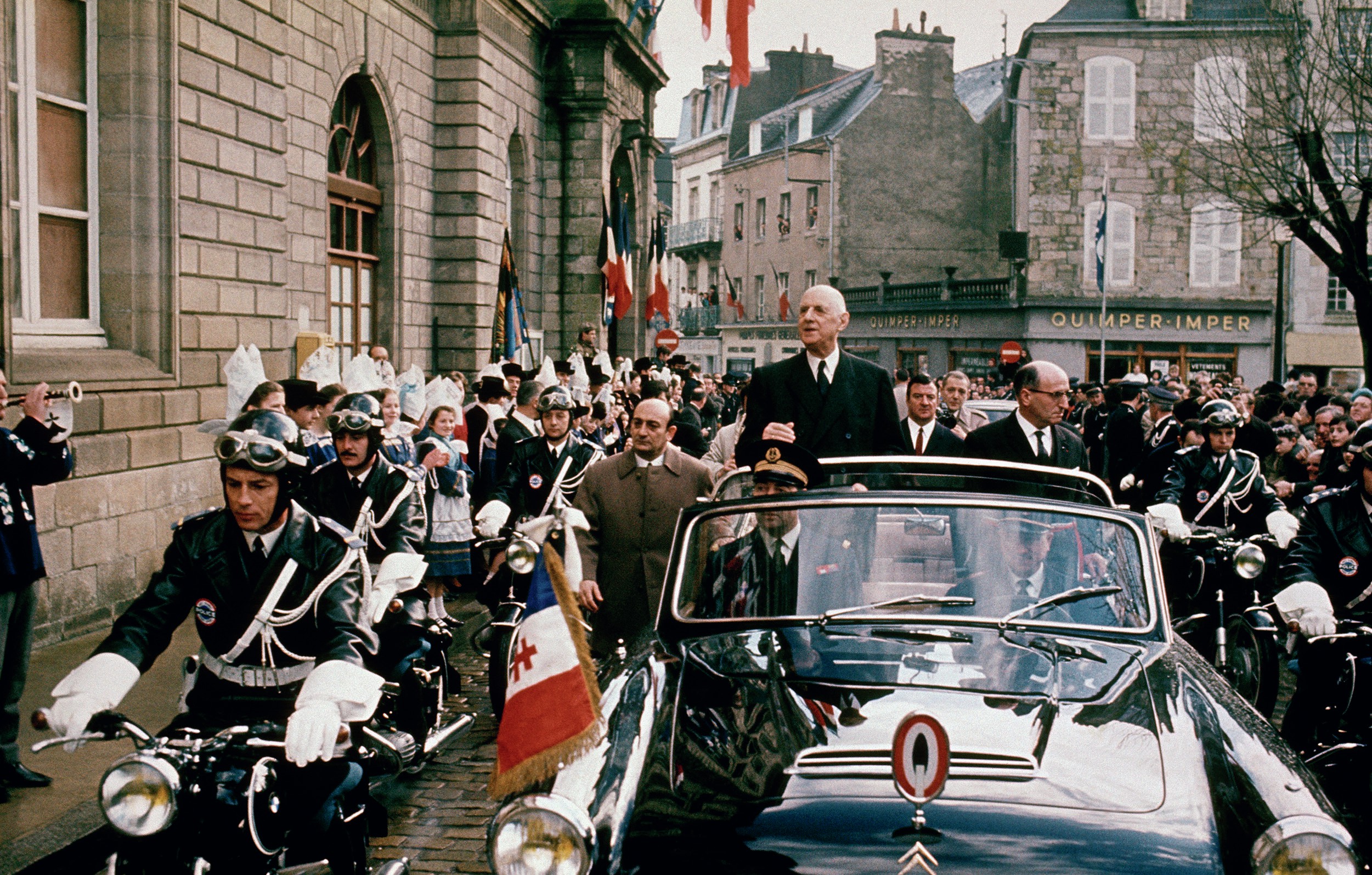
In the evening of 22 August 1962, a procession of black Citroën DS 19s was making its way to a military airfield on the outskirts of Paris. In the lead car was the French president, General Charles de Gaulle. At the Petit-Clamart roundabout a 12-man military-style commando group machine-gunned it, but the occupants ducked and were saved by the armour plating. The driver escaped on burst tyres.
The group was led by thirty-five-year-old air force Lieutenant-Colonel Jean Bastien-Thiry. He regarded de Gaulle as a traitor for having concluded the Evian agreement of the previous 18 March, which granted independence to Algeria.
Your organisation does not have access to this article.
Sign up today to give your students the edge they need to achieve their best grades with subject expertise
Subscribe




